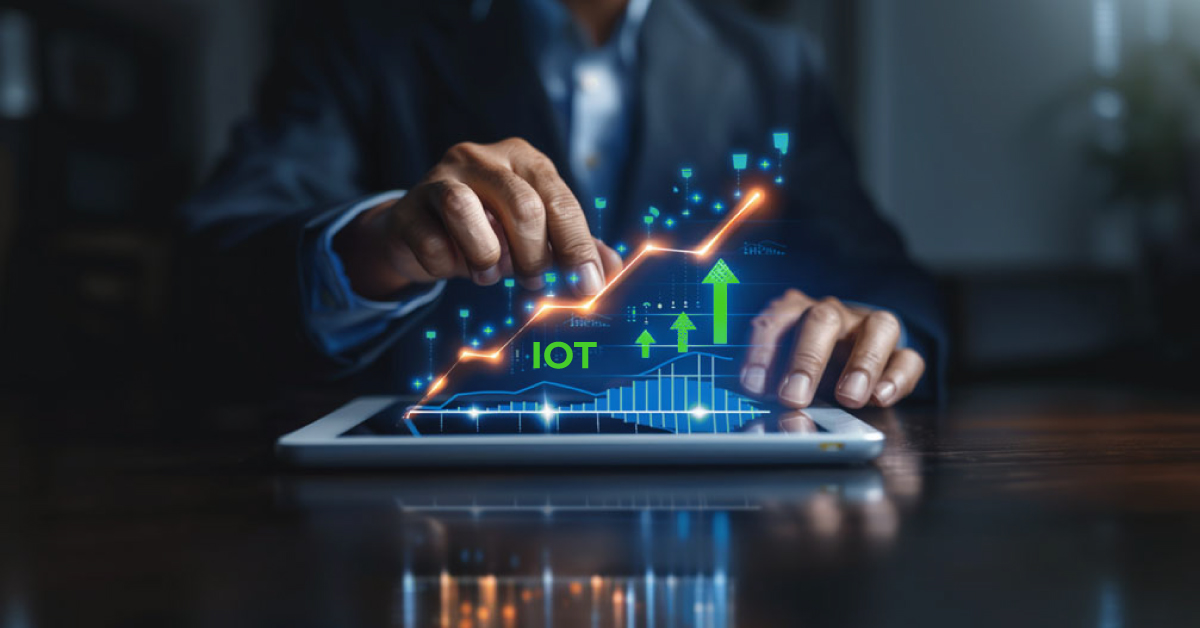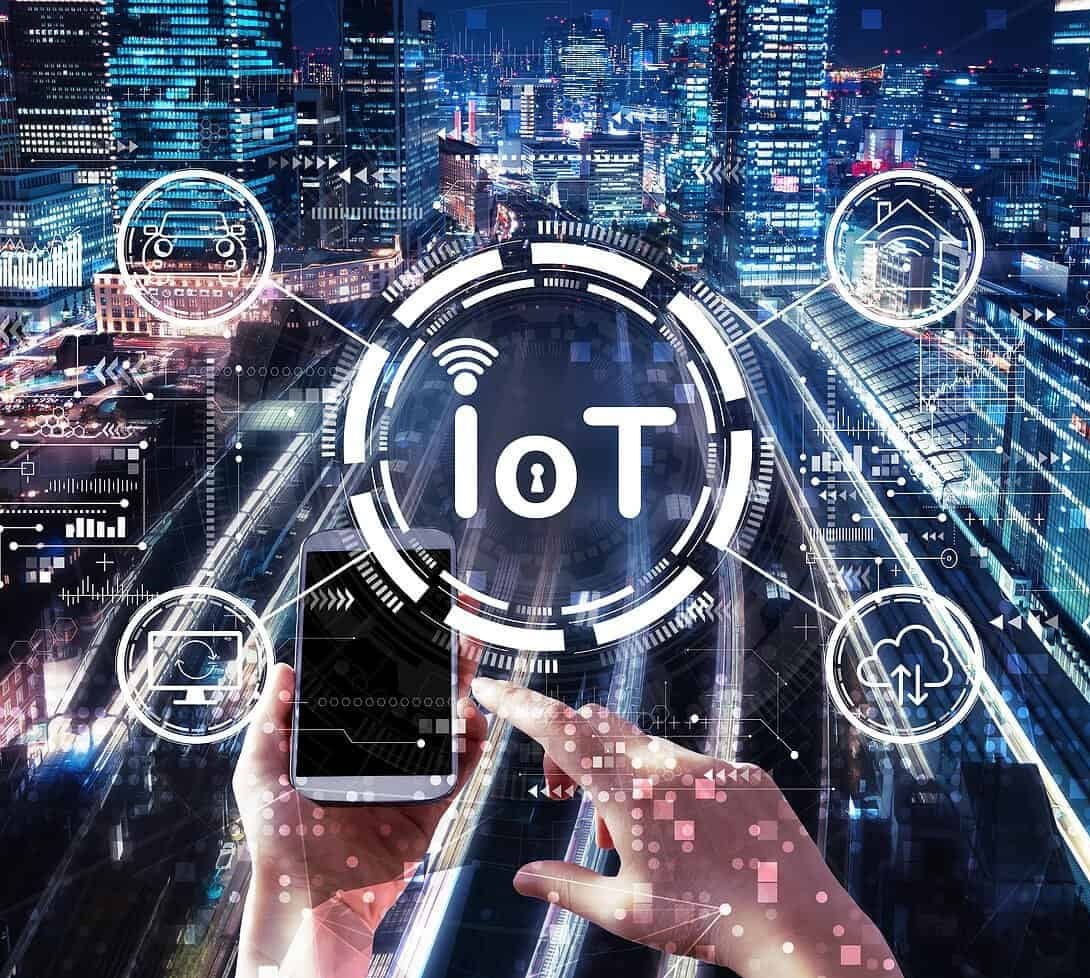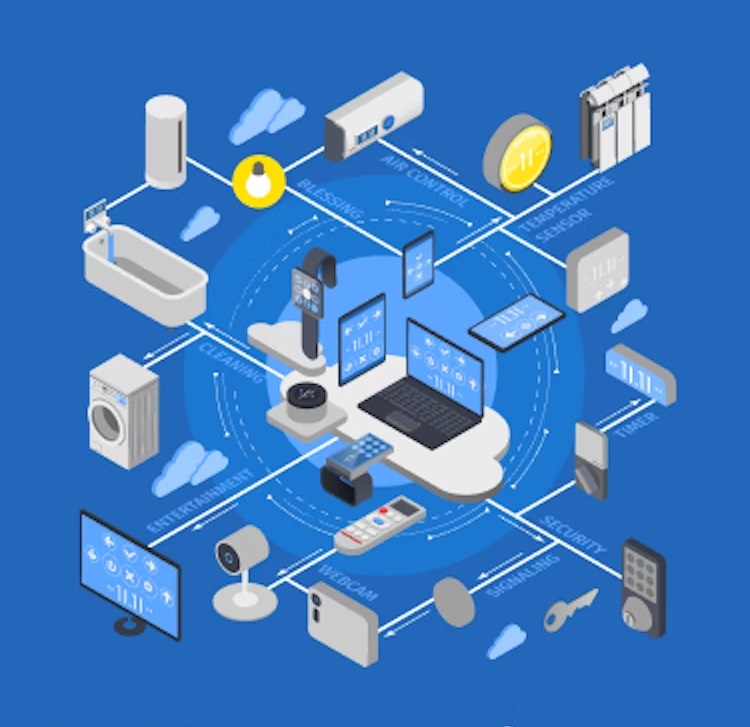

In today’s rapidly evolving technological landscape, the efficient management of assets is crucial for businesses across various sectors. IoT asset management has emerged as a game-changer, offering unparalleled visibility and control over assets. In this comprehensive guide, we delve into the intricacies of IoT asset management, exploring its definition, significance, and much more.
Defining IoT Asset Management
IoT asset management refers to the process of monitoring, tracking, and managing physical assets using Internet of Things (IoT) technology. By equipping assets with sensors and connected devices, organisations can gather real-time data regarding their status, location, and performance.
Importance of IoT Asset Management
In today’s competitive business landscape, maintaining optimal asset performance is essential for maximising efficiency and profitability. IoT asset management enables organisations to streamline asset monitoring, enhance maintenance practices, and make data-driven decisions, thereby driving operational excellence.
Understanding IoT Asset Management
What is IoT Asset Management?
IoT asset management involves the deployment of IoT-enabled devices and sensors to monitor and manage assets effectively. These devices collect valuable data, which is then analysed to optimise asset performance, predict maintenance needs, and minimise downtime.
Components of IoT Asset Management
IoT asset management comprises various components, including IoT sensors, connectivity solutions, data analytics platforms, and asset management software. These components work in tandem to ensure seamless asset monitoring, maintenance, and optimization.
Benefits of IoT Asset Management
IoT asset management offers a multitude of benefits for organisations seeking to enhance their asset management practices.
Improved Asset Visibility
One of the primary benefits of IoT asset management is enhanced asset visibility. By leveraging IoT sensors and connected devices, organisations can gain real-time insights into the location, condition, and utilisation of their assets, allowing for better decision-making and resource allocation.
Enhanced Maintenance Planning
IoT asset management enables predictive maintenance, allowing organisations to anticipate maintenance needs based on real-time data and analytics. By identifying potential issues before they escalate, organisations can minimise downtime, extend asset lifespan, and reduce maintenance costs.
Cost Reductions
By optimising asset utilisation, streamlining maintenance practices, and minimising downtime, IoT asset management can lead to significant cost reductions for organisations. By leveraging data-driven insights, organisations can identify inefficiencies, streamline processes, and allocate resources more effectively.
Challenges in IoT Asset Management

Despite its numerous benefits, IoT asset management also poses certain challenges for organisations.
Data Security Concerns
One of the primary challenges of IoT asset management is ensuring the security of data collected from connected devices. With an increasing number of devices connected to corporate networks, organisations must implement robust security measures to protect sensitive data from cyber threats and unauthorised access.
Integration Complexity
Implementing IoT asset management solutions often involves integrating various technologies, platforms, and systems, which can be complex and time-consuming. Ensuring seamless integration and interoperability between disparate systems is essential for the success of IoT asset management initiatives.
Scalability Issues
As organisations scale their IoT deployments to monitor larger numbers of assets, they may encounter scalability challenges. Ensuring that IoT infrastructure can support the growing volume of data generated by connected devices is crucial for maintaining optimal performance and reliability.
Best Practices for IoT Asset Management
Despite the challenges, organisations can optimise their IoT asset management practices by following best practices.
Comprehensive Asset Inventory
Start by conducting a comprehensive inventory of all assets to be monitored. This inventory should include relevant information such as asset type, location, condition, and criticality.
Data Security Measures
Implement robust security measures to protect data collected from IoT devices. This includes encryption, authentication, access controls, and regular security audits to identify and address vulnerabilities.
Scalable Infrastructure
Deploy an IoT infrastructure that is scalable and flexible enough to accommodate future growth and expansion. Choose IoT platforms and solutions that support interoperability and can seamlessly integrate with existing systems.
Future Trends
As technology continues to evolve, several trends are shaping the future of IoT asset management.
Advancements in IoT Technology
Ongoing advancements in IoT technology, including sensor miniaturisation, edge computing, and 5G connectivity, are enhancing the capabilities of IoT asset management solutions.
Integration with AI and Machine Learning
The integration of AI and machine learning algorithms into IoT asset management platforms enables advanced analytics, predictive maintenance, and prescriptive insights, driving further efficiency and cost savings.
FAQs
1. What is IoT asset management, and why is it important?

IoT asset management refers to the process of using Internet of Things (IoT) technology to monitor, track, and manage physical assets. It is crucial for businesses as it provides unparalleled visibility into asset performance, location, and condition, allowing for better decision-making, enhanced maintenance practices, and improved operational efficiency.
2. What are the primary components of IoT asset management?
IoT asset management comprises various components, including IoT sensors, connectivity solutions, data analytics platforms, and asset management software. These components work together to gather real-time data about assets, analyse it for insights, and facilitate effective asset monitoring, maintenance, and optimisation.
3. What are the benefits of implementing IoT asset management?
Implementing IoT asset management offers several benefits for organisations, including improved asset visibility, enhanced maintenance planning through predictive analytics, and significant cost reductions through optimised asset utilisation and streamlined maintenance practices.
4. What challenges are associated with IoT asset management?
Despite its benefits, IoT asset management poses challenges such as data security concerns due to the increasing number of connected devices, integration complexity when deploying IoT solutions across various systems, and scalability issues as organisations scale their IoT deployments to monitor larger numbers of assets.
5. What are some best practices for implementing IoT asset management?
Best practices for implementing IoT asset management include conducting a comprehensive asset inventory, implementing robust data security measures, deploying a scalable infrastructure that supports interoperability, and staying abreast of advancements in IoT technology and integration with AI and machine learning for advanced analytics and insights.
In conclusion, IoT asset management holds immense potential for organisations seeking to optimise their asset management practices. By leveraging IoT technology, organisations can achieve improved asset visibility, enhanced maintenance planning, and significant cost reductions. While challenges such as data security and integration complexity exist, following best practices and staying abreast of future trends can help organisations unlock the full potential of IoT asset management.
Find Related Blogs
Stay connected with EXCEED ICT
Stay connected with EXCEED ICT by joining our social networks (given at footer). Get the latest updates, news, and tips for enterprise device deployment. Follow us on Twitter, Facebook, and LinkedIn for the best enterprise device deployment solutions.
Help us to improve our enterprise by rating us on Google Maps. Your feedback and comments are valuable to us and will be used to make our services even better.



